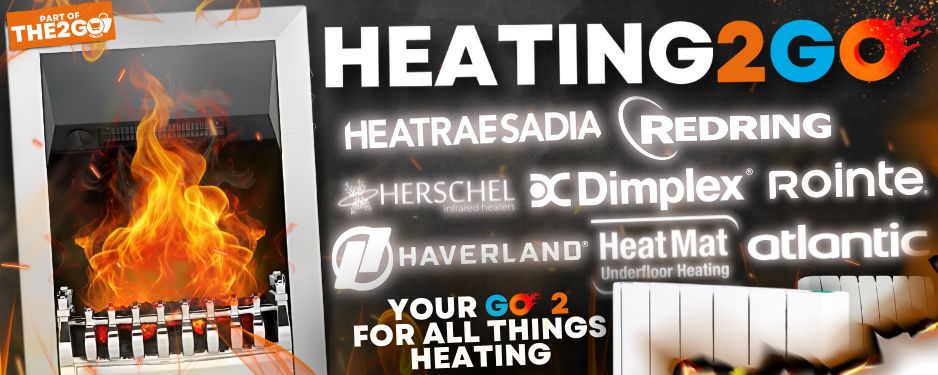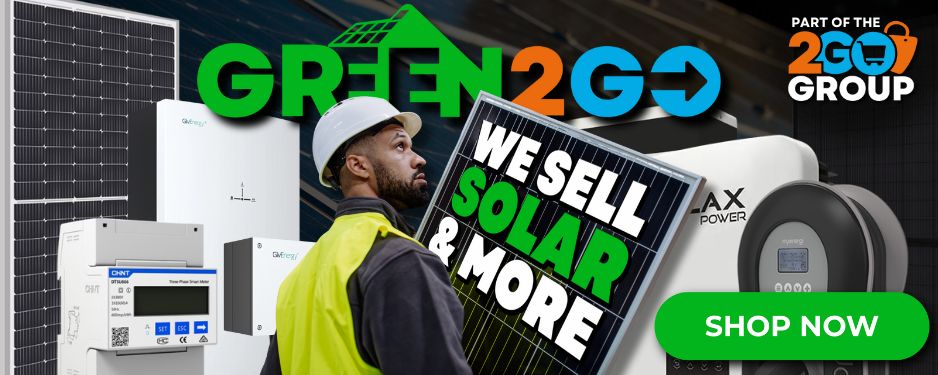I have learned a lot reading the forum and thought I should contribute back with my recent experience.I bought a 90 square meter 2 story row house with a 22kw gas Vaillant non-combi boiler in the loft that is approximately 12 years old. The water was heated with electric point-of-use heaters in the bathrooms and kitchen. I wanted to use my boiler to heat my hot water to improve the flow, have more even hot water temperature, and reduce electrical costs. There seemed to be a few options for how to do that. I considered buying a new combi boiler, adding an indirect cylinder, or adding a separate gas fired cylinder. After researching a bit, I decided to hook my existing boiler to a small thermal store. The store I purchased is 300 liters and has a single stainless hot water corrugated coil with a surface are of approximately 4.5 square meters. The boiler heats the cylinder water directly, and mains pressure water goes into the coil at the bottom and comes out hot at the top. With my 22kw boiler this provides plenty of hot water for baths, showers, washing and so on. We are a family of 4 with teenagers. The cylinder thermostat is mounted close to the bottom of the store and is set to cut in at 60C and out at 65C. Heating 300l or water 5C results in relatively long burns. Since the hot water from the boiler flows directly into the tank from the top, there is not so much stratification, 5C or so from top to bottom. I have installed a thermostatic valve to keep the boiler water return temperature at 55C since my boiler is non condensing. This also prevents dumping cold water in the top of the store when the boiler cuts in, which may affect the shower. The house radiators are fed from cylinder water driven by a Grundfos Alpha modulating pump. Room temperature is controlled by TRVs on the radiators.I thought I should list the pros/cons of the system, and here is what I came up with so far. Advantages:- mains pressure hot water with high sustained hot water flow rate.- few moving parts, the boiler and the pump, no zone valves required.- no minimum flow of hot water since compared to plate exchanger, no hot water pump is required- steel cylinder contains recirculated water, reducing corrosion, no anode required. Fresh water goes through stainless coil.- more hygienic than an indirect cylinder (wrt legionaries)- Thermal store allows the possibility to add additional heat sources such as solid fuel.- no boiler cycling.- there is a 4000W electric element for backup heat if the boiler fails.- simpler boiler, does not need to be a combi, and does not need to be modulating.- 55C return temperature and long burns should result in increased boiler life.- there is no house thermostat, only an on/off (winter/summer) switch for the pump (and valves). The radiators are always on controlled by the TRVs. - having the radiators on all the time seems to result in a more even temperature in the house. There is no hot/cold cycling of the rads as with the house thermostat before.- when you turn the rads up, they warm instantly, you do not need to wait until the house thermostat kicks in.- the system does not appear to require balancing. All return valves on the rads are wide open, and all have TRVs. Most of the time the pump is running between 7-11w, it is on default (target pressure) settings.Disadvantages:- if the boiler dies there is no heat or hot water, save the electric backup.- installing a programmable thermostat is trickier, I guess I would need programmable TRVs.- small store means little stratification/high return temps, not ideal for condensing boiler- the thermal store takes space, it is 65cm across, and 2m tall.- although the store has 5cm insulation, there is still some heat loss.- considerable re-piping was required, as the upstairs rads were fed from the loft, and had to be re-routed from the store in the basement. I did not want the store in the loft, as I might some day put a wood stove in the basement.I am probably missing some disadvantages, as I am likely biased towards what I have done.A couple points I was not completely sure about before I installed the system:- I found that 22mm copper pipe easily handles the 22kw boiler output with approximately 12m of pipe and a dozen or so 90 degree elbows in each direction, and the thermostatic valve. I was not sure if the pipe would be large enough, as I read conflicting opinions on this. - The corrugated stainless heat exchanger with 4.5 square meter surface area is large enough for hot water. I have a 1/2 copper supply going to the tub upstairs, and you can turn the tap on full hot and the water remains hot over time.Feel free to ask questions or post comments.Cheers,Richard
Guest viewing is limited
- You have a limited number of page views remaining
- 1 guest views remaining
- Register now to remove this limitation
Welcome to the forum. Although you can post in any forum, the USA forum is here in case of local regs or laws
You are using an out of date browser. It may not display this or other websites correctly.
You should upgrade or use an alternative browser.
You should upgrade or use an alternative browser.
Experience with thermal store
- Thread starter siricosm
- Start date
-
- Tags
- experience thermal
View the thread, titled "Experience with thermal store" which is posted in Gaining Plumbing Experience on UK Plumbers Forums.
Take advice from HETAS before attempting to heat a thermal store from a solid fuel appliance/wood stove, when both are on the same level. Safety considerations require gravity circulation to a heat leak.considerable re-piping was required, as the upstairs rads were fed from the loft, and had to be re-routed from the store in the basement. I did not want the store in the loft, as I might some day put a wood stove in the basement.I
Stored water temperature woulds normally be higher than what you have set this helps with domestic hot water production as there is always a difference between the primary & secondary temperatures. I hope you have a TMV installed on the domestic hot out of the store? still required even if it is only set for 65max on operating stat.
High temperature would equal more stored energy in your 300L store.
There should be no problem installing a programable room thermostat controlling the heating pump indeed it is a requirement of the Building Regulation Part L1b that a room stat be installed to provide overall temperature control even though the individual rooms are controlled on TRV's.
It is good to have some feed back on these I have always felt these systems had lots of merit but have suffered from a lot of bad press from poor installation or over complicated design from the likes of the old Gledhill ones.
One more disadvantage is the amount of inhibitor required to treat the primary water.
How is yours filled Richard ?
High temperature would equal more stored energy in your 300L store.
There should be no problem installing a programable room thermostat controlling the heating pump indeed it is a requirement of the Building Regulation Part L1b that a room stat be installed to provide overall temperature control even though the individual rooms are controlled on TRV's.
It is good to have some feed back on these I have always felt these systems had lots of merit but have suffered from a lot of bad press from poor installation or over complicated design from the likes of the old Gledhill ones.
One more disadvantage is the amount of inhibitor required to treat the primary water.
How is yours filled Richard ?
Last edited:
Stored water temperature woulds normally be higher than what you have set this helps with domestic hot water production as there is always a difference between the primary & secondary temperatures. I hope you have a TMV installed on the domestic hot out of the store? still required even if it is only set for 65max on operating stat.
High temperature would equal more stored energy in your 300L store.
There should be no problem installing a programable room thermostat controlling the heating pump indeed it is a requirement of the Building Regulation Part L1b that a room stat be installed to provide overall temperature control even though the individual rooms are controlled on TRV's.
It is good to have some feed back on these I have always felt these systems had lots of merit but have suffered from a lot of bad press from poor installation or over complicated design from the likes of the old Gledhill ones.
One more disadvantage is the amount of inhibitor required to treat the primary water.
How is yours filled Richard ?
I started with 65C thinking that if it was not high enough, I would raise it, but it seems fine. I figure the lower I can get away with the less heat loss, especially in the summer. I have TRVs in both bathrooms and in the kitchen to mix the hot water down to a safe temperature.
The store is filled from a valve attached to the mains with a check valve and a pressure gauge.
Reply to the thread, titled "Experience with thermal store" which is posted in Gaining Plumbing Experience on Plumbers Forums.
Similar plumbing topics
- Replies
- 0
- Views
- 124
- Replies
- 2
- Views
- 737
- Replies
- 4
- Views
- 599
We recommend City Plumbing Supplies, BES, and Plumbing Superstore for all plumbing supplies.



